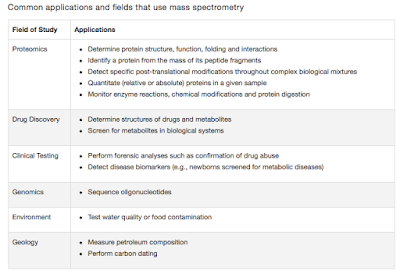Predatory bacteria in news
Greetings
Before I talk about anything, I wish you a happy new year. I concluded my 5 years of blogging in the last year and now beginning with the 6th. Some of my friends suggested me that I should have written about Predatory bacteria as a potential alternative for antibiotics, the hit paper of year end in 2016. I did write about the concept of predatory bacteria long before (Link). A lot of people are interested in the latest papers on predatory bacteria as an alternative to antibiotics.
There are 2 papers that need to be talked about. Shatzkes et al; 2016 paper that used a rat model with Klebsiella infection, and Willis et al;2016 Zebrafish model with a shigella infection.
Shatzkes et al relied on the earlier research and considered 3 strains of well studied predatory bacteria- B bacteriovorus 109J, B bacteriovorus HD100 and M aeruginosavorus ARL-13. Their first experiment showed that these predators by themselves didn’t cause any pathology in Sprague-Dawley rat models when administered through the respiratory route. The second experiment was to inoculate the rats with K pneumoniae strain (sublethal dose) and co-inoculated with multiple doses of predatory bacteria to determine their ability to reduce bacterial burden within the lungs. Interestingly, different predators had different levels of inflammation induced in the lung and B bacteriovorus HD100 exhibited reactive lymphoid hyperplasia and acute inflammation at 24 h post inoculation. However, in all cases, by 48 hours all levels were nearly back to normal. Also, K pneumoniae burden was reduced by more than 99.9% in the lungs of a majority of rats. The study also noted that the predators didn’t move out of the respiratory much but the K pneumoniae did easily.
The next step was to see how this performs in a burdened condition. To study this, 36 rats were introduced with 3.3 x 107 CFU/rat of K pneumoniae (intranasal inoculation) vs PBS (Phosphate buffered saline) controls of 36 rats. The 36 infected rats after a day were divided into 3 groups and each given a treating dose of (4 times) PBS, 4.6x 108 PFU/ rat of B bacteriovorus 109J, or 6.6 x 107 PFU/ rat of M aeruginosavorus ARL-13. Though the results were variable (depending on predator strain being used), results did show significant reduction of infection burden.
These are time restricted experiments and rat models are not analysed for a long period to look for recurrence. Dr Kadouri, who is a senior author of the paper explains, “There were no adverse effects on the animal. There was no type of histological tissue damage or signs of sustainable inflammation. They were perfectly healthy. We don't know what happens after longer time points, whether the pneumonia will rebound". The team is currently investigating ability of predatory bacteria to treat eye infections and wound infections in animal models. "When we get that data, it will give us a good idea of whether or not it is effective enough to go into clinical trials. At this point, I think we can make a very strong case that it is safe."
The second is a study in Zebra fish model with Shigella flexneri infection. The study essentially finds what I just discussed above. Bdellovibrio bacteriovorus is a common strain found in natural habitats and signatures of it have been found in gut samples of healthy children, thus indicating it is safe in humans. The study first tested the ability of predator to be tolerated by the larvae. Subsequently the larva was challenged with shigella and found that in presence of the predator there was an increased survival of the larvae. To see what role did immune system have in the process, the researchers depleted the leukocytes of the host and then infected the larva with Shigella and Bdellovibrio. They found that though the predator had reduced shigella numbers in the larvae in both test case, survival was significantly greater in immune-competent larvae.
 | ||
| Fig 1: Theoretical model of Bdellovibrio as an antibacterial agent in Zebrafish model against S flexneri. Source |
Prof Liz Sockett comments, "It seems that the Shigella pathogens are evading the immune system, but when Bdellovibrio is there it is releasing broken parts of Shigella and that is giving extra signals to the fish that it should be dealt with".
Predatory bacteria forms a very attractive candidate for a couple of reasons as in contrast with antibiotics. First, antibiotics work in a dose dependent manner. That means higher the bacterial load, more antibiotic is required to kill. But for most cases, the antibiotic dose that is given to a patient is constant. Second, antibiotics have to be given as a multiple does. But predators can multiply themselves and hence at least theoretically, is a single administration.
Shatzkes K, Singleton E, Tang C, Zuena M, Shukla S, Gupta S et al. Predatory Bacteria Attenuate Klebsiella pneumoniae Burden in Rat Lungs. mBio. 2016;7(6):e01847-16.
Willis A, Moore C, Mazon-Moya M, Krokowski S, Lambert C, Till R et al. Injections of Predatory Bacteria Work Alongside Host Immune Cells to Treat Shigella Infection in Zebrafish Larvae. Current Biology. 2016;26(24):3343-3351.





Comments
Post a Comment